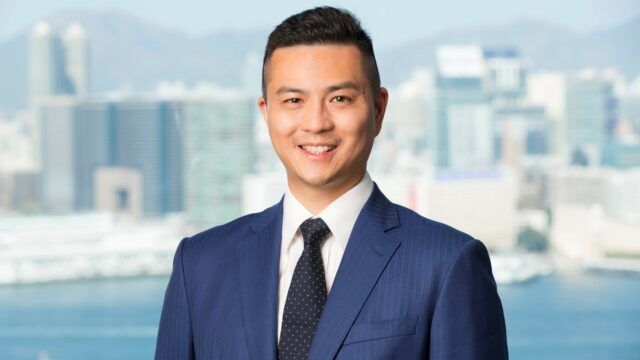Alternative investment strategies have grabbed the attention of investors across the world, realigning portfolios amid the search for yield and diversification.
Asia stands to gain significantly from this dynamic, with explosive growth projected for the coming years, according to Preqin. Private capital assets under management (AUM), for example, are on course to reach $6tn by 2025, predicted the data provider as of mid-2021. There is notable growth potential in real estate and real assets, too.
“These types of alternatives offer unique income opportunities generally not available through traditional markets,” said Henry Chui, managing director and head of private wealth for Nuveen in Asia Pacific.
In particular, in a low-yield environment, such assets are an increasingly important part of a balanced portfolio. At the same time, there is a longstanding under-allocation among individual investors to alternatives.
“This presents a compelling opportunity for high-net-worth individuals, wealth managers and family offices in Asia to capitalise on the benefits of alternatives,” added Chui.
The right timing
The macroeconomic backdrop to today’s investment landscape is a key driver for this seemingly ever-quicker growth momentum in alternatives.
Among key tailwinds are the “lower for longer” monetary policy and stimulus packages, along with the ongoing vaccine rollout. Combined with market volatility and uncertainty in the wake of the pandemic, investors have been on the look-out for ways to diversify their portfolios – both across sectors as well as geographically.
“The recent challenge to the value of bonds from inflationary fears on the horizon has compounded the effect of historically low interest rates, in turn making investors even more stretched for yield,” explained Chui.
At the same time, in striving to protect themselves from macro unknowns, such strategies can offer the added advantage of a floating rate coupon as a natural hedge against inflation.
“This provides investors with various benefits in today’s moderately inflationary environment,” Chui added.
Ultimately, the sweet-spot for many Asian portfolios is the fact that alternatives are classic cashflow-generating income sources, with spreads typically above those available in public markets. Plus, they are much less correlated with mainstream assets. These asset classes have also provided convincing yields, helping investors diversify their income sources. Additional benefits to investors include enhanced total returns and cushioned performance during volatile periods. For these reasons, income-producing assets should be an important part of a balanced portfolio.
Growing comfort spurs access
Growth in appetite for alternative assets among individual investors in Asia started to gain more traction after the global financial crisis. Yet this was mainly tactical, with single-digit allocations most common.
The last three to five years, however, has seen a shift in sentiment with robust fund flows in this direction.
While the desire to seize new investment opportunities has boosted allocations to real estate, real assets and private capital, there is also a certain amount of comfort that follows the familiarity with many alternative assets.
“Investors in Asia tend to understand real estate as an asset class and the fundamentals that drive it,” said Chui. “They have used this knowledge to increasingly dip their toes into alternative assets, with the greater liquidity achievable in this space also resonating well.”
Capitalising on new capital flows
The factors fuelling portfolio exposure to alternatives are also in sync with Nuveen’s expertise.
For example, the firm has roughly $200bn in AUM in these assets. In real estate, it is one of the top five largest managers globally, with $130bn in AUM. In real assets, meanwhile, as part of its $30bn in AUM, it is the largest manager of farmland assets worldwide. When it comes to private capital, the firm has been active in this space for over 40 years and has over $40bn in AUM.
“As one of the world’s largest managers of real estate, farmland, agriculture, timber, infrastructure and private capital, we are a proven leader in alternative investments,” said Chui. “These strategies span the full risk return spectrum.”
Achieving this status relies on having specialists close to the opportunities. “With ‘boots on the ground’, we understand the idiosyncrasies of deals in each sector and market, and can connect with brokers to source unique transactions,” he added. “This is combined with a global perspective to assess the impact of megatrends.”
An integral element to getting access to the right assets is Nuveen’s role as the global investment manager of TIAA, the asset owner. This creates a dynamic, explained Chui, where Nuveen can foster capital partnerships to expand its alternatives offering to private clients and their wealth managers.
Click here to learn more about what Nuveen offers on our breadth range of alternative investments.
GAR-1830673PR-O0921X


















